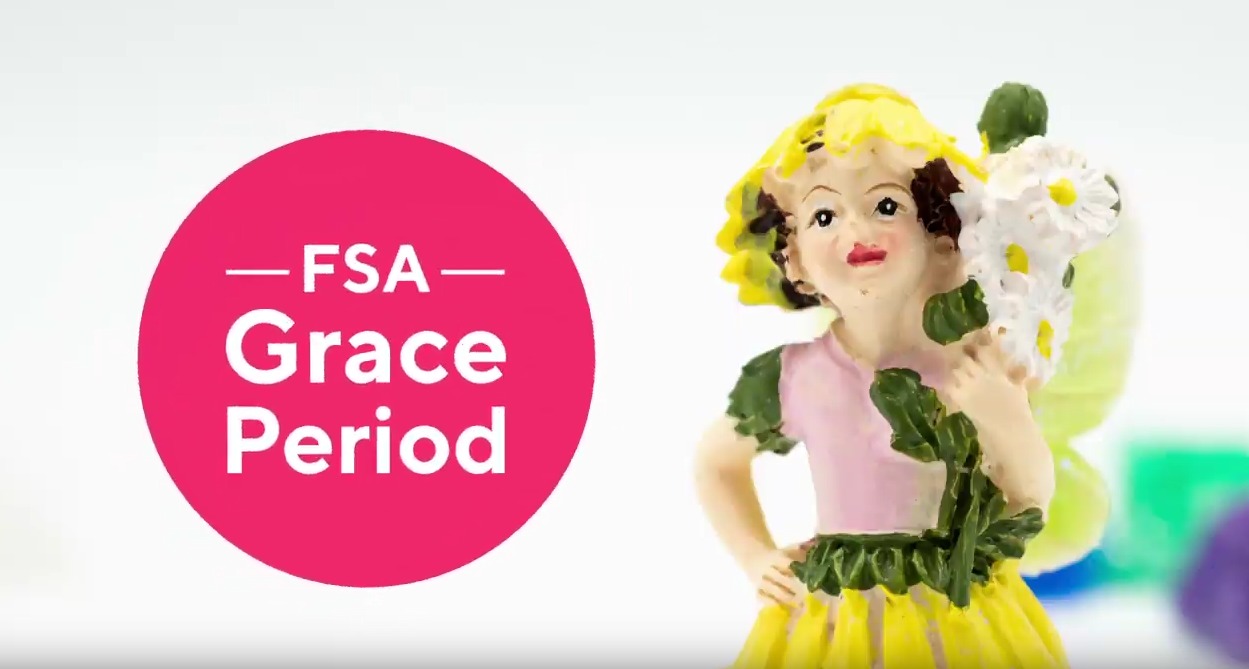

Finance
How Much Does Zoloft Cost With Insurance
Modified: December 29, 2023
Looking for the cost of Zoloft with insurance? Discover the finance options and find out how much you can save on your Zoloft prescription with insurance coverage.
(Many of the links in this article redirect to a specific reviewed product. Your purchase of these products through affiliate links helps to generate commission for LiveWell, at no extra cost. Learn more)
Table of Contents
Introduction
Welcome to our comprehensive guide on how much Zoloft costs with insurance. Zoloft, also known as Sertraline, is a commonly prescribed medication used to treat depression, anxiety disorders, and other mental health conditions. Understanding the cost of Zoloft when you have insurance coverage can help you budget for your prescription expenses and make informed decisions about your healthcare.
For many individuals, insurance coverage plays a crucial role in managing the cost of prescription medications. Health insurance plans can help mitigate the financial burden by covering a portion of the cost, making medications more affordable. It is important to navigate the complexities of insurance coverage to fully understand how much you can expect to pay for Zoloft.
In this guide, we will explore the factors that can influence the cost of Zoloft with insurance, provide an average cost range, and offer tips on how to reduce your expenses even further.
It is worth noting that the cost of Zoloft can vary depending on several factors, such as the insurance plan you have, your location, the dosage prescribed, and whether you choose the brand name or generic version of the medication. Additionally, insurance coverage can differ significantly from one insurer to another and from one plan to another. Therefore, it is essential to review your specific insurance policy to determine the coverage and out-of-pocket expenses associated with Zoloft.
Now, let’s delve into the details of Zoloft cost with insurance and learn how you can manage your prescription expenses effectively.
Understanding Zoloft
Zoloft, or Sertraline, belongs to a class of medications known as selective serotonin reuptake inhibitors (SSRIs). It is primarily prescribed to treat depression, anxiety disorders, obsessive-compulsive disorder (OCD), post-traumatic stress disorder (PTSD), and panic disorder.
Zoloft works by increasing the levels of serotonin, a neurotransmitter in the brain that plays a critical role in mood regulation. By restoring the balance of serotonin, Zoloft helps alleviate symptoms of depression and anxiety, leading to improved overall mental well-being.
It is available in tablet or liquid form and is typically taken once a day, with or without food. The prescribed dosage can vary depending on the individual’s condition and other factors, such as age and medical history. It is crucial to follow your healthcare provider’s instructions and take the medication as prescribed.
Before starting Zoloft, it is essential to inform your healthcare provider about any pre-existing medical conditions or medications you are taking. This will help ensure that Zoloft is safe and suitable for you. It is also important to note that Zoloft may take several weeks to reach its full effectiveness. It is necessary to continue taking the medication as prescribed, even if you start feeling better.
As with any medication, Zoloft may have potential side effects. Common side effects can include nausea, diarrhea, dizziness, drowsiness, insomnia, and changes in appetite. In rare cases, Zoloft may cause more serious side effects, such as allergic reactions, suicidal thoughts, or serotonin syndrome. It is crucial to seek immediate medical attention if you experience any concerning symptoms while taking Zoloft.
Understanding the basics of Zoloft and its mechanism of action is essential in comprehending why this medication is prescribed and how it can improve your overall mental health. Now that we have a better understanding of Zoloft, let’s explore how insurance coverage can affect its cost.
Insurance Coverage for Zoloft
Insurance coverage plays a significant role in determining the cost of Zoloft. Many health insurance plans provide coverage for prescription medications, including Zoloft, to help alleviate the financial burden for individuals seeking mental health treatment.
Most insurance plans categorize prescription medications into different tiers, with each tier representing a different level of coverage and associated costs. Zoloft may be classified as a generic or brand name medication, depending on the specific formulation prescribed by your healthcare provider. In general, generic medications are less expensive than their brand name counterparts.
When it comes to insurance coverage for Zoloft, it is crucial to review your insurance policy and familiarize yourself with the terms and conditions. This can help you understand the coverage levels, copayments, deductibles, and any limitations or restrictions related to the medication.
If your insurance plan covers Zoloft, you will likely be responsible for paying a copayment or coinsurance for each prescription. A copayment is a fixed amount that you must pay out of pocket, while coinsurance is a percentage of the medication cost that you are required to pay.
It is important to note that different insurance plans may have varying levels of coverage for Zoloft. Some plans may require you to meet a deductible before the coverage kicks in, while others may offer immediate coverage with a copayment or coinsurance. Therefore, it is essential to review your plan’s medication formulary or speak with your insurance provider to understand the specific coverage details.
Many insurance plans also have preferred medication lists or formularies that establish preferred medications within each therapeutic category. These lists may incentivize the use of certain medications over others, offering lower copayments or coinsurance for preferred medications, which can include generic alternatives to Zoloft.
If Zoloft is not covered by your insurance plan or falls under a higher cost-sharing tier, you may consider discussing alternative medications with your healthcare provider. They may be able to prescribe a different medication within your plan’s formulary that offers similar therapeutic benefits but with lower out-of-pocket costs.
Understanding the coverage provided by your insurance plan is crucial in managing the cost of Zoloft. In the next section, we will explore the factors that can influence the cost of Zoloft with insurance.
Factors Affecting Zoloft Cost with Insurance
Several factors can influence the cost of Zoloft with insurance coverage. Understanding these factors can help you anticipate and manage your prescription expenses effectively.
1. Insurance Plan: The specific insurance plan you have plays a significant role in determining the cost of Zoloft. Different insurance providers offer various plans with different levels of coverage, copayments, deductibles, and coinsurance rates. It is essential to review your plan’s formulary and coverage details to understand the cost-sharing structure for Zoloft.
2. Prescription Tier: Many insurance plans categorize medications into different tiers, with each tier representing a different level of coverage. Zoloft may be classified as a generic or brand name medication, and the tier it falls into can affect the cost you are responsible for. Generic medications generally have lower copayments or coinsurance compared to brand name medications.
3. Deductible: Insurance plans often have a deductible, which is the amount you must pay out of pocket before the coverage kicks in. If you have not met your deductible, you may be responsible for paying the full cost of Zoloft until the deductible amount is reached. Once the deductible is met, you will typically only be responsible for copayments or coinsurance.
4. Pharmacy Network: Insurance plans often have a network of pharmacies where you can access discounted prices. Using an in-network pharmacy can help lower the cost of Zoloft. It is essential to check if your preferred pharmacy is in-network to take advantage of any available discounts or negotiated prices.
5. Generic vs. Brand Name: Zoloft is available in both generic and brand name versions. Generic medications are generally less expensive than their brand name counterparts. If your insurance plan covers generic medications, opting for the generic version of Zoloft can help reduce your out-of-pocket costs.
6. Medication Quantity: The quantity of Zoloft prescribed can also affect the cost. Some insurance plans offer lower copayments or coinsurance rates for a larger supply of medication, such as a 90-day supply, compared to a 30-day supply. Consider discussing with your healthcare provider if obtaining a larger quantity of Zoloft makes sense for your treatment plan.
It is important to remember that these factors can vary depending on your specific insurance policy. To fully understand the cost of Zoloft with insurance, review your plan’s coverage details, prescription formulary, and speak with your insurance provider if needed.
Now that we have explored the factors that can impact the cost of Zoloft with insurance, let’s delve into the average cost range of Zoloft with insurance coverage.
Average Cost of Zoloft with Insurance
The average cost of Zoloft with insurance coverage can vary depending on several factors, including your insurance plan, deductible, copayments, and whether you choose the generic or brand name version of the medication.
Generic versions of Zoloft are generally more affordable than the brand name version. The cost of generic Zoloft can range from $5 to $40 for a 30-day supply, depending on your insurance coverage and pharmacy pricing. Keep in mind that these prices are approximate and can vary based on your specific prescription plan and location.
Brand name Zoloft can be significantly more expensive, with prices ranging from $60 to $300 or more for a 30-day supply. These prices can also vary depending on your insurance coverage and pharmacy pricing.
It is important to note that these price ranges are estimates and can fluctuate depending on various factors. Your out-of-pocket costs can also be affected by your insurance plan’s copayments, coinsurance rates, deductibles, and whether the medication is categorized as a preferred or non-preferred drug in your plan’s formulary.
To get an accurate estimate of the cost of Zoloft with insurance coverage, it is recommended to contact your insurance provider or the pharmacy directly. They can provide you with detailed information about the specific cost based on your insurance plan and the pharmacy’s pricing.
Remember to review your insurance plan’s coverage details, such as copayments, coinsurance rates, and deductible requirements, to have a comprehensive understanding of the cost you can expect to pay for Zoloft.
Now that we have explored the average cost range of Zoloft with insurance coverage, let’s move on to some tips on how to reduce your Zoloft expenses even further.
Tips for Reducing Zoloft Expenses with Insurance
Managing prescription medication costs can be challenging, but there are several strategies you can employ to help reduce your Zoloft expenses with insurance coverage:
- Check your insurance formulary: Review your insurance plan’s formulary to see if there are preferred generic alternatives for Zoloft. Using a generic version can significantly lower your out-of-pocket costs.
- Opt for mail-order or 90-day supplies: Many insurance plans offer discounts for mail-order prescriptions or for obtaining a 90-day supply of medication. Take advantage of these options to save money on your Zoloft prescription.
- Utilize in-network pharmacies: Using pharmacies that are in-network with your insurance plan can help you access discounts and preferred pricing for Zoloft. Check if your preferred pharmacy is part of your insurance’s network.
- Compare prices: Prices for prescription medications can vary between pharmacies. Before filling your Zoloft prescription, compare prices at different pharmacies to find the most affordable option. Online tools and apps can help you easily compare prices.
- Utilize manufacturer savings programs: Pharmaceutica
Conclusion
Understanding the cost of Zoloft with insurance coverage is essential for effectively managing your prescription expenses. By familiarizing yourself with the factors that can affect the cost, average price ranges, and various strategies for reducing expenses, you can make informed decisions about your healthcare.
Insurance coverage plays a critical role in determining the cost of Zoloft. Reviewing your insurance plan’s formulary, copayments, deductibles, and coverage details can provide valuable insights into the specific costs you can expect to pay.
Factors such as whether you choose the generic or brand name version of Zoloft, the pharmacy you use, and the quantity of medication prescribed can also influence the cost. Understanding these factors allows you to explore options that can help lower your Zoloft expenses.
To reduce your Zoloft expenses with insurance coverage, consider options such as using generic alternatives, opting for mail-order or 90-day supplies, utilizing in-network pharmacies, comparing prices, and exploring manufacturer savings programs.
Remember to consult your insurance provider, review your specific plan, and talk to your healthcare provider to ensure you have the most accurate and up-to-date information about your insurance coverage for Zoloft.
Managing your mental health is of paramount importance, and understanding the cost of medications like Zoloft can help you prioritize your well-being while being mindful of your budget. With the right knowledge and strategies, you can navigate the complexities of insurance coverage and make informed decisions for your mental health care.
Disclaimer: The information provided in this guide is for educational purposes only and should not be considered medical or financial advice. Always consult with your healthcare provider and insurance provider for personalized information regarding your specific situation.














